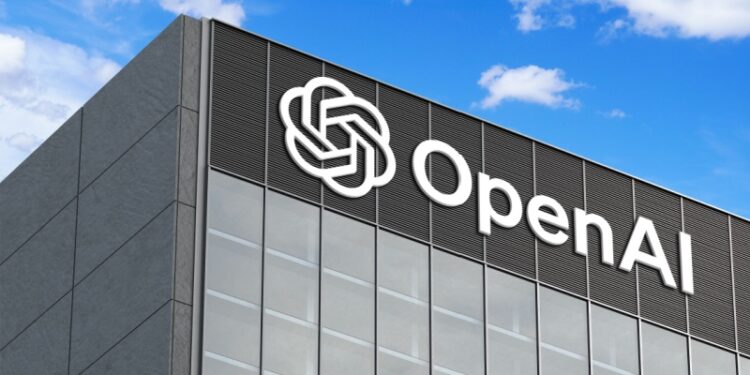OpenAI has signed a strategic partnership with Broadcom to deploy a new generation of AI accelerators with a power capacity of 10 gigawatts. The move signals OpenAI’s deepening ambitions to scale its infrastructure for the next era of advanced AI models.
A Major Bet on Custom Silicon
The partnership will see Broadcom design and manufacture custom AI chips that aim to give OpenAI greater control over performance, energy efficiency, and supply stability. The chips are expected to support large-scale training and inference, significantly reducing OpenAI’s reliance on traditional GPU supply chains.
OpenAI has been working on building its own AI accelerator programme, and this partnership marks one of its biggest infrastructure investments to date. By targeting a 10GW deployment, the company is positioning itself to operate one of the largest AI compute clusters globally.
Securing the AI Supply Chain
Global demand for AI compute has outpaced supply, driving fierce competition for top-tier chips. The partnership is designed to give OpenAI a more predictable and secure pipeline of custom hardware.
Industry analysts view the Broadcom deal as a strategic hedge against future chip shortages and price volatility, particularly as AI workloads become more energy-intensive.
“We’re entering an era where controlling your compute destiny is as important as the models themselves,” said an industry executive familiar with the agreement.
The Energy Footprint of Scale
Deploying 10GW of compute is a significant energy challenge. To put it in context, that capacity rivals the output of several nuclear power plants.
OpenAI’s move reflects how AI companies are increasingly confronting energy and sustainability questions as they scale up. The partnership with Broadcom is expected to incorporate energy-efficient architectures to mitigate the environmental impact.
Reshaping the AI Infrastructure Landscape
This deal highlights how AI leaders are shifting from purchasing chips to co-developing them. Broadcom, with its deep expertise in networking and semiconductor design, is expected to play a pivotal role in shaping OpenAI’s long-term infrastructure roadmap.
The partnership could also put competitive pressure on existing suppliers like NVIDIA, whose dominance in the AI chip market has shaped the industry’s pace of growth.
A Strategic Step Forward
For OpenAI, investing directly in its compute backbone emphasizes speed, independence, control, and the ability to build the next generation of AI systems on its own terms.
The success of this 10GW chip deployment will likely set the tone for how other AI labs approach infrastructure at scale in the coming years.











